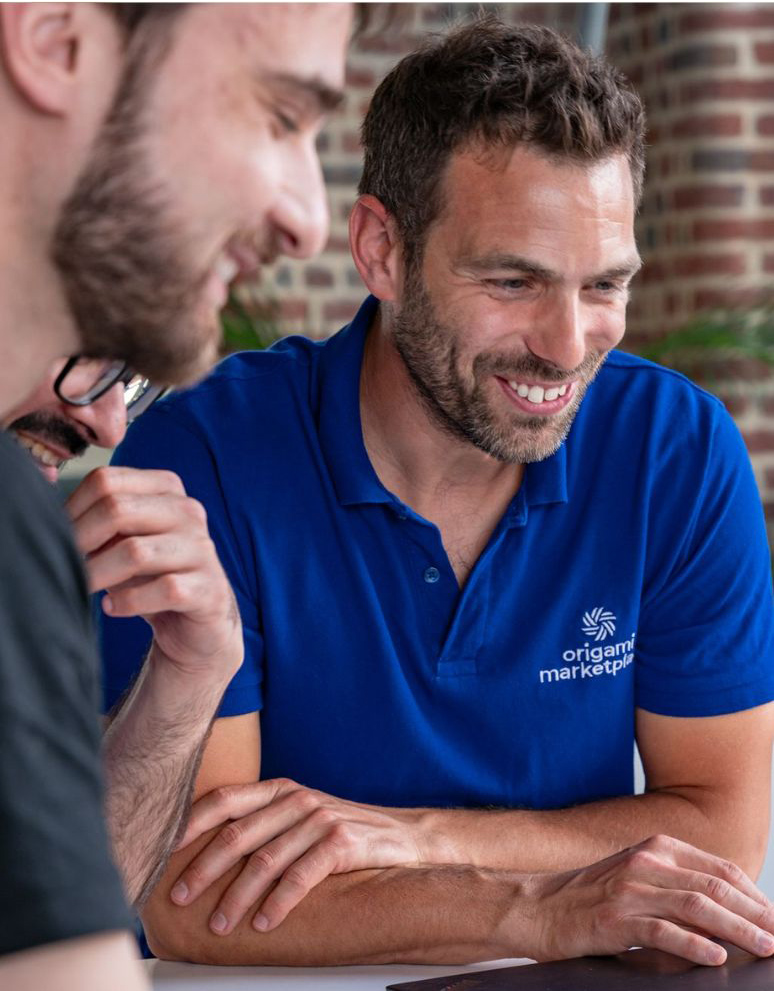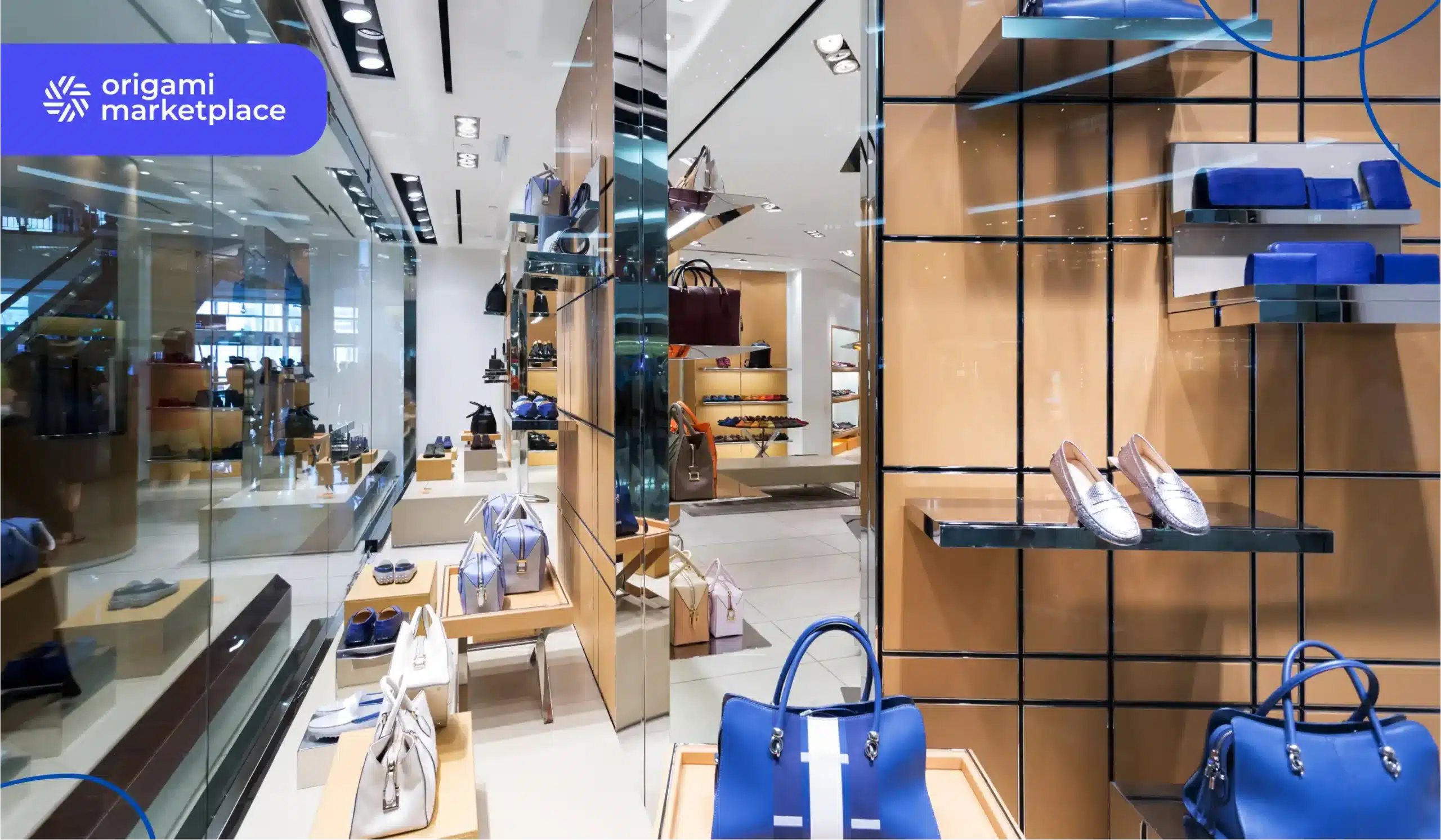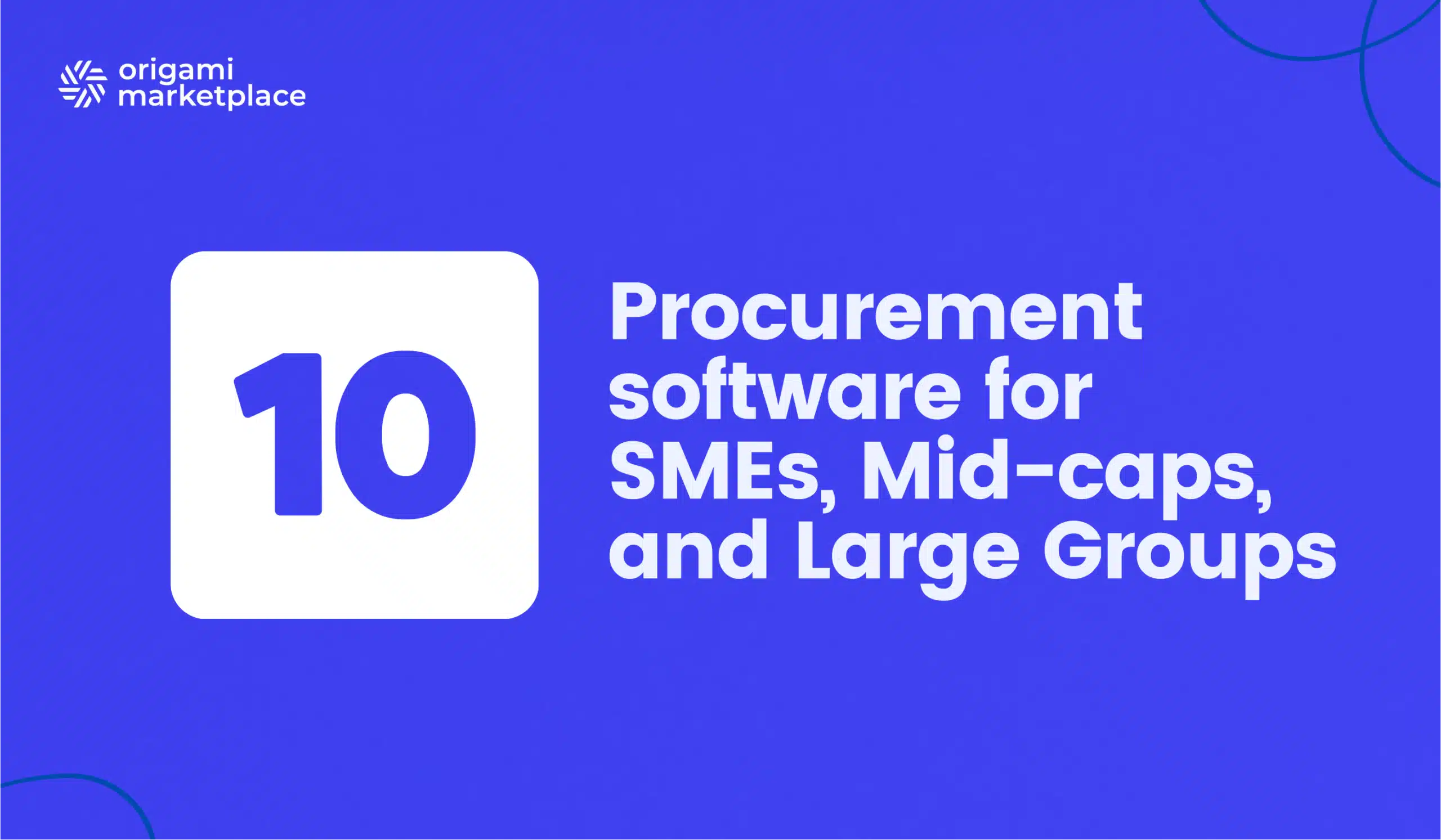Unite-HTWK: Indirect Procurement Costs Over €224,640/Year
- Arnaud
- 6-minute read

In an economic climate where cost control is paramount, indirect procurement management has become a major strategic lever. A landmark study conducted by Unite and the Leipzig University of Applied Sciences (HTWK) analyzed the practices of 181 professionals across Europe. The results are striking and reveal the hidden costs of traditional processes.
The conclusion is clear: a typical company spends an average of 5,618 hours per year, the equivalent of three full-time employees, on indirect procurement management. This operational burden, estimated at over €224,640 annually in labor costs, highlights a critical dependence on manual methods and a massive opportunity for optimization through digitalization.
1. The exorbitant cost of manual processes
Far from being a secondary function, indirect procurement management is a true resource drain.
- A Colossal Workload: A typical procurement team spends the equivalent of 702 business days per year on these processes. For large companies, this figure climbs to 19,253 hours annually, representing a cost of over €769,920.
- The Persistence of Obsolete Tools: The study reveals low digital maturity. Only 15% of companies have fully digital and integrated procurement processes. Worse still, over 40% still rely on non-specific tools like Excel for critical tasks.
“The study confirms what we have observed in practice for years: fragmented systems and inefficient processes weaken procurement strategies“, explains Holger Müller, a professor at HTWK Leipzig and the study’s research director. “Data transparency, process standardization, and digital tools are the key areas to develop.“
2. Digitalization: A performance lever quantified by the study
Digitalization is no longer an option; it’s a necessity proven by data. The Unite-HTWK study shows that adopting e-procurement platforms and B2B marketplaces generates spectacular efficiency gains.
- 30% Time Saved on P2P Orders: Processing an order via an online marketplace is 30% faster than with manual methods.
- A One-Third Reduction in Procurement Cases: Companies that primarily use a marketplace manage an average of 20 procurement cases per year, compared to 30 for others.
These platforms help streamline the entire Purchase-to-Pay (P2P) process, which alone accounts for 2,500 orders and 3,000 invoices per year for an average company.
Ready to turn your B2B, B2C, or C2C marketplace vision into reality?
To help you develop the best platform possible, we’ve gathered all the must-have features, key technical considerations, and best practices in a comprehensive document:
Download the Specifications template 🗒
Perfect for smaller or medium-scale projects without a formal purchasing process. It will help you outline your requirements effectively and streamline your selection process.
Download the Request for Proposal template 📒
Ideal for larger, more complex marketplace projects with a formal purchasing department or advanced procurement policies.
3. Beyond efficiency: Integrating new strategic challenges
Procurement performance is no longer measured by cost alone. Sustainability and technological innovation have become essential differentiating factors.
🔹 The essential integration of ESG criteria
Considering ESG criteria is now a reality, but it comes at a cost: the study calculates the associated increase in workload to be between 18% and 20% across the entire purchasing cycle.
However, the study establishes a direct correlation between digital maturity and ESG strategy: 65% of companies with integrated digital processes also have a formal ESG strategy.
🔹 The adoption of future-facing technologies
Procurement-as-a-Service (PraaS) is generating strong interest: 55% of companies already use it or plan to. “The PraaS solution is the most suitable response in a context of permacrisis“, explains Christel Constant, a member of the Unite executive board. “By transferring routine processes to specialized platforms, procurement managers remain agile, base their decisions on data, and meet compliance and ESG objectives.“
4. Conclusion: 4 Key priorities to transform your procurement
The study shows that inaction in the face of manual processes is costly. To turn indirect procurement into a competitive advantage, procurement managers should focus on four strategic priorities:
- Invest in digital integration to reduce manual tasks and unify sourcing, supplier management, and transactional processes.
- Improve cost visibility by using data to identify bottlenecks and justify automation.
- Align digital tools with ESG objectives to simplify compliance tracking and integrate sustainability into daily decisions.
- Consider innovative solutions like PraaS and AI to reduce sourcing effort and improve operational agility.
Companies that invest in modern, integrated e-procurement platforms will transform their indirect procurement from a cost center into a true competitive advantage. It is precisely to meet this challenge that the Origami Marketplace solution was designed.
The findings of the Unite-HTWK study confirm the urgent need to rethink procurement processes. Instead of depending on fragmented tools, create your own centralized purchasing ecosystem. The Origami Marketplace solution allows you to launch your own multi-supplier purchasing platform, designed to automate the workflows that cost companies an average of 5,618 hours per year. Centralize your catalogs, secure your supply chain, and move away from manual processes in Excel.
Deployable in a few months thanks to its 100% API architecture, Origami Marketplace allows you to drastically reduce your costs, onboard new suppliers in 24 hours, and generate a measurable ROI within the first three months. It’s a tangible lever for transforming your indirect procurement into a real competitive advantage.
Take action: digitalize your procurement with Origami Marketplace.
Let’s discuss your project. Our expertise goes beyond the tool. We help you structure your project with the right methodology to ensure its success.

About the Study
The study was initiated and conducted independently by the Supply Chain Management department of the Leipzig University of Applied Sciences (HTWK). It is based on data from 181 procurement professionals in Europe, 60% of whom are in the industrial sector. Unite contributed its industry expertise to ensure the relevance of the analysis. To download the study, visit here.


